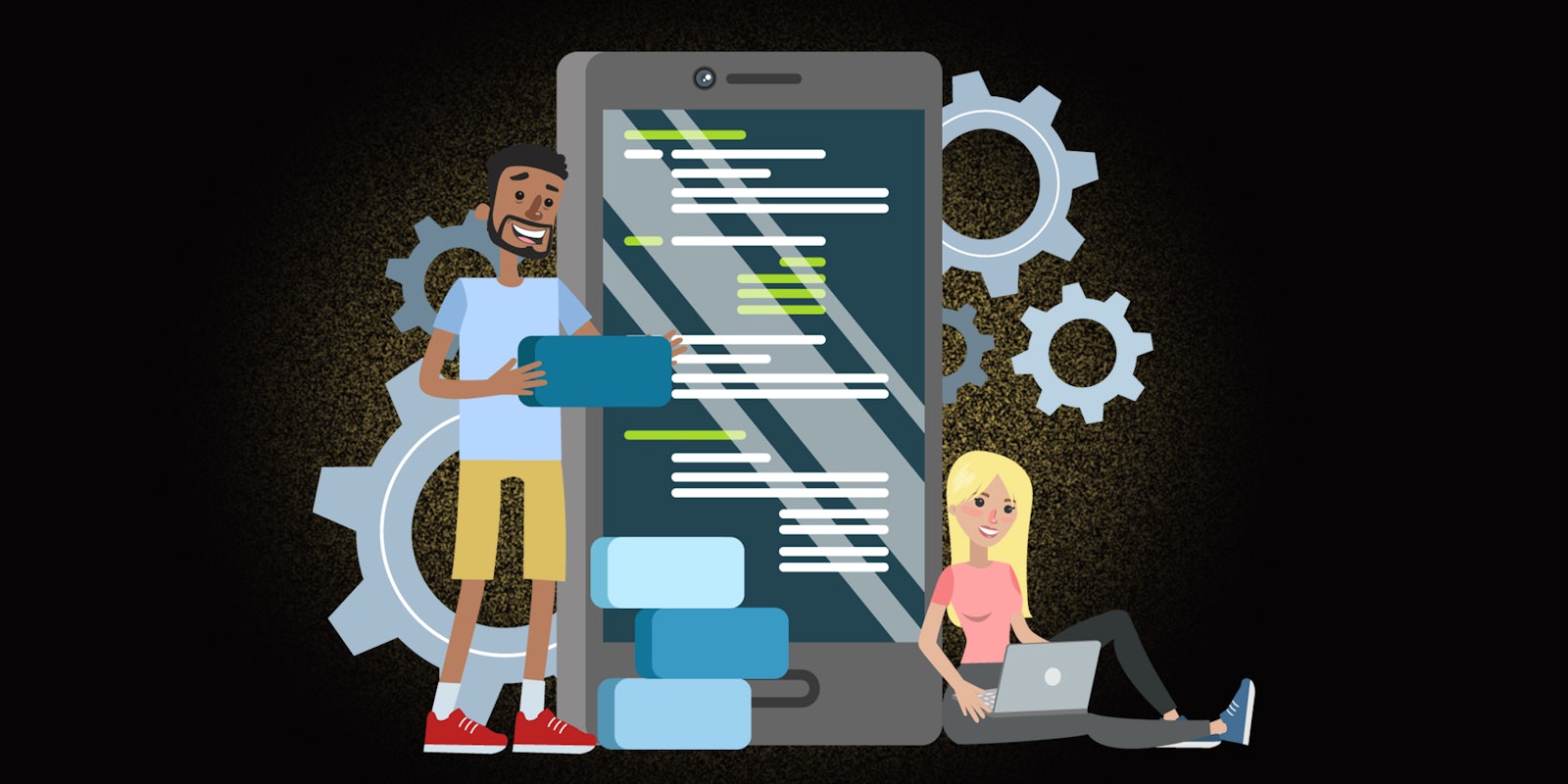Ever wanted to download an app not available in the app store? Or has one of your favorite apps suddenly been removed? (cough TikTok cough) You may still be able to use it thanks to a process known as sideloading.
What is sideloading?
Sideloading is a method that allows Android users to install apps manually without having to go through the Google Play Store.
While there are numerous points that need to be taken into consideration before doing so, sideloading can give users access to apps that they might not otherwise being able to on their device.
But are there any tradeoffs when sideloading an app? Is it safe to do? Here’s what you need to know.
Security considerations of sideloading
Apps that are available in the Google Play Store have gone through a vetting process in order to ensure their safety. And even though dangerous apps containing malware and other issues still make their way into the app store from time to time, it is generally considered the safest way to download an app.
But since there is often no similar vetting process for apps outside of the app store, sideloading is generally considered more risky.
If you choose to sideload an app, however, it’s important to determine that you have obtained the app from a trusted source. Make sure the app is coming from the app’s official website or a vetted and verified third-party source.
How to sideload apps
When you are looking to sideload an app, you must first locate the app’s APK file. An APK, or Android Package Kit, is the file format used for mobile apps on the Android operating system.
Android phones by default block users from installing APK files for safety reasons, but users can disable this feature by following a few simple steps.
Although many Android systems differ, the steps should generally be the same across devices. So first, go to your phone’s Settings.
From there, scroll down and select Security. Next, locate the option for Unknown sources and enable the feature.
Your phone will display a quick warning informing you of the potential security issues.
“Your phone and personal data are more vulnerable to attacks by apps from unknown sources,” the warning states. “You agree that you are solely responsible for any damage to your phone or loss of data that may result from using these apps.”
Select OK to proceed.
Now that your phone is ready for sideloading, locate your APK file. Installing the file should be straight forward. Once clicked, the APK file will begin loading much like any app would from the app store.
After being asked to review the permissions that the app requires, simply click Install.
Further considerations
One of the downsides to obtaining an app this way is that unlike those in Google Play Store, apps downloaded through sideloading will not receive automatic updates.
Updates are vital for keeping your device safe since they often contain patches for security flaws. Make sure to keep up to date with new versions of an app so you can install them as soon as possible.
A much easier way to accomplish this is to simply download the app “APKUpdater.” This tool will automatically inform of when your sideloaded apps are ready to be updated.
Sideloading iPhone
While sideloading apps is technically possible on an iPhone, the process is much more complex and requires certain technical knowledge. Some methods require users to rely on jailbreaking—essentially hacking their own phones’ operating system—while others require users to register for a special developer’s account with Apple that allows them to run unvetted programs on their phone through the use of special software.
In essence, while you can get away without on an Android, Apple does it’s best to keep your phone tethered to its app store.


